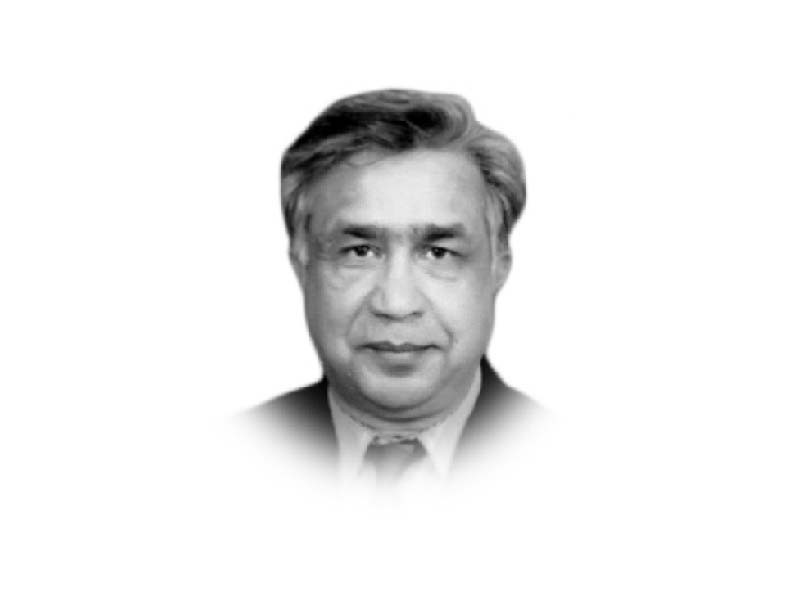
Italian critic and theorist Antonio Gramsci asserted that Western imperialism stands on the foundation of cultural hegemony and, in consequence, on the cultural dismantling of colonised territories and their civilisations. Homi K Bhabha, a giant voice of postcolonial theory, in the same tone, suggested in his book The Location of Culture that a dominant culture attempts, both consciously and unconsciously, to create a hegemonic control over the culture of the weak. Resultantly, a hybrid culture is evolved which with the passage of time obliterates the cultural values of the weaker culture and gradually wipes it out, while keeping the dominant culture alive. The same has been the mantra of the civilising mission on the non-white races because imperialist coloniser believed in bringing about an intervention in the cultural and civilisational foundations of weaker nations. Hence, they made concerted efforts to mold and reduce the cultural institutions of vulnerable countries to such a deplorable level that they would never be able to reconstruct their lost prestige.
One of the best tools for acquiring cultural hegemony — which as per Gramscian thought seeks the state of willing approval for the dominance of the superior cultural values and an unconscious validation of inferiority of the indigenous cultural foundations — is to deconstruct the cultural symbols of the colonised with a purpose of changing or molding it to the benefit of the coloniser. One of the glaring instances comes from Algeria where, according to Frantz Fanon, the hijab remained a battleground between colonial domination and indigenous resistance. In today’s Europe and America, even if the era of military colonisation is over, the voices of resistance against the hijab has been repeatedly occurring and quite a few European nations made it a point that Muslim women wearing the hijab may be excluded from mainstream society. The ban on Muslim women athletes wearing hijab from taking part in the upcoming games in France is just one of the many examples.
There is some irony with regard to the politics of hijab. The feminist movement started in Europe and its continuity through different waves achieved wonderful targets for women across the world. While movements like ‘Me Too’ and ‘My body, my will’ reverberated women’s freedom, independence and identity, the same freedom is now being denied to Muslim women who wish to wear hijab as a part of their identity. The same European societies that championed women’s freedom are denying them this right. Moreover, terminologies such as ‘hijabi’ have now been elevated to derogatory and discriminatory terms like ‘hijabists’ and ‘Muslim women wearing headscarf’. This entails that feminism has a different set of values for European white women than for women in developing and underdeveloped countries. But the bleakness of the situation took a downward spiral only when a few countries like Canada reduced their strictness and allowed Muslim women to wear hijab at specific places.
The current scenario perpetuates the imperialist mindset, which is still not willing to allocate an equal space to men and women from formerly colonised territories. Hence it still stresses on the divide suggested by Edward Said with an attempt to reinforce binary oppositions and cultural control over lesser powerful nations.
The intricacy of the matter can be conceived in the deliberations provided by Mohanty, Young, Narayan and Ahmed, who locate feminist realities at different places for western women and those of the Third World, and base their claims on the difference of perimeters of the Third World colonised women. The argument can be stretched further through the claim that non-white women have not been treated as sisters because of the different set of values of their culture. This has been grouped together under the umbrella of postcolonial feminism.
As the resistance to hegemonic cultural control gains ground across the world through digital media, it may not be so wrong to assume that sooner or later the voices of Third World women will be equally effective even when they reside among the white women of Europe and America. It may be a herculean task but it is possible for women to raise their voice and fight against patriarchal and imperialist forces.
Published in The Express Tribune, February 16th, 2022.
Like Opinion & Editorial on Facebook, follow @ETOpEd on Twitter to receive all updates on all our daily pieces.





1726222798-0/Tribune-Pic-(13)1726222798-0-165x106.webp)














COMMENTS
Comments are moderated and generally will be posted if they are on-topic and not abusive.
For more information, please see our Comments FAQ